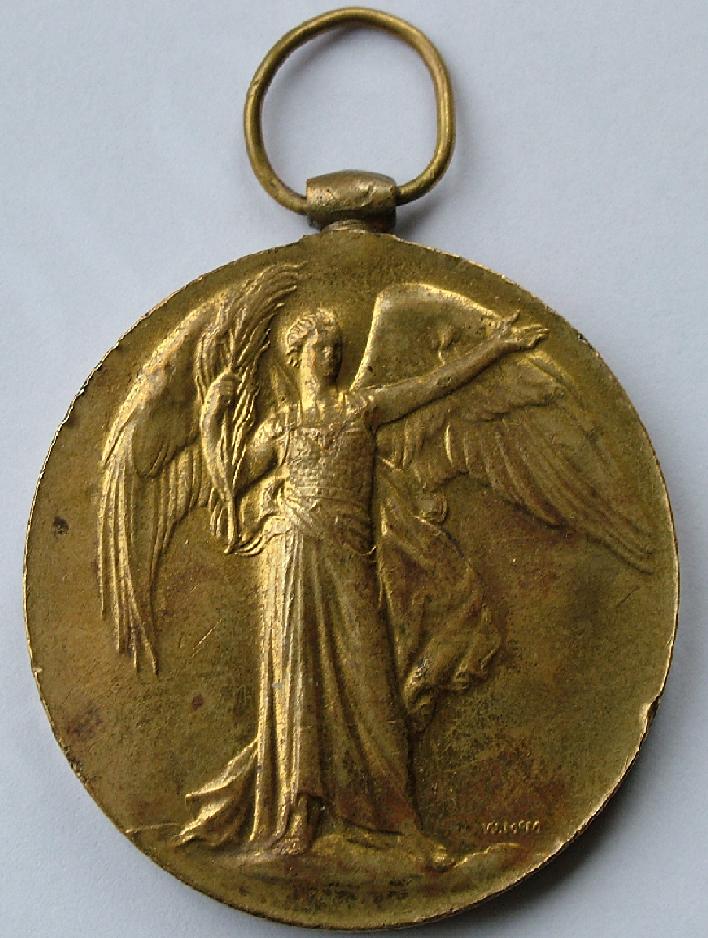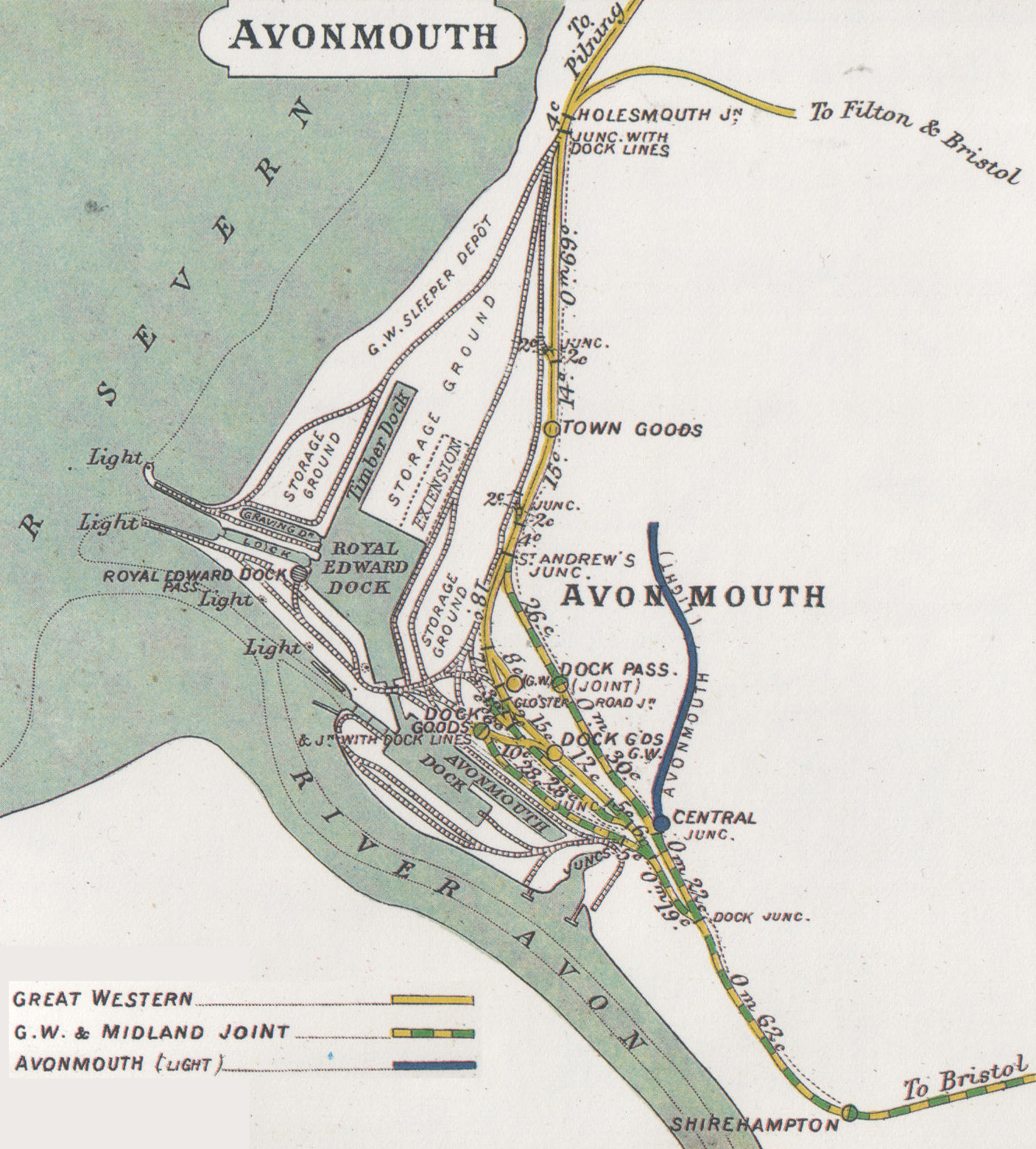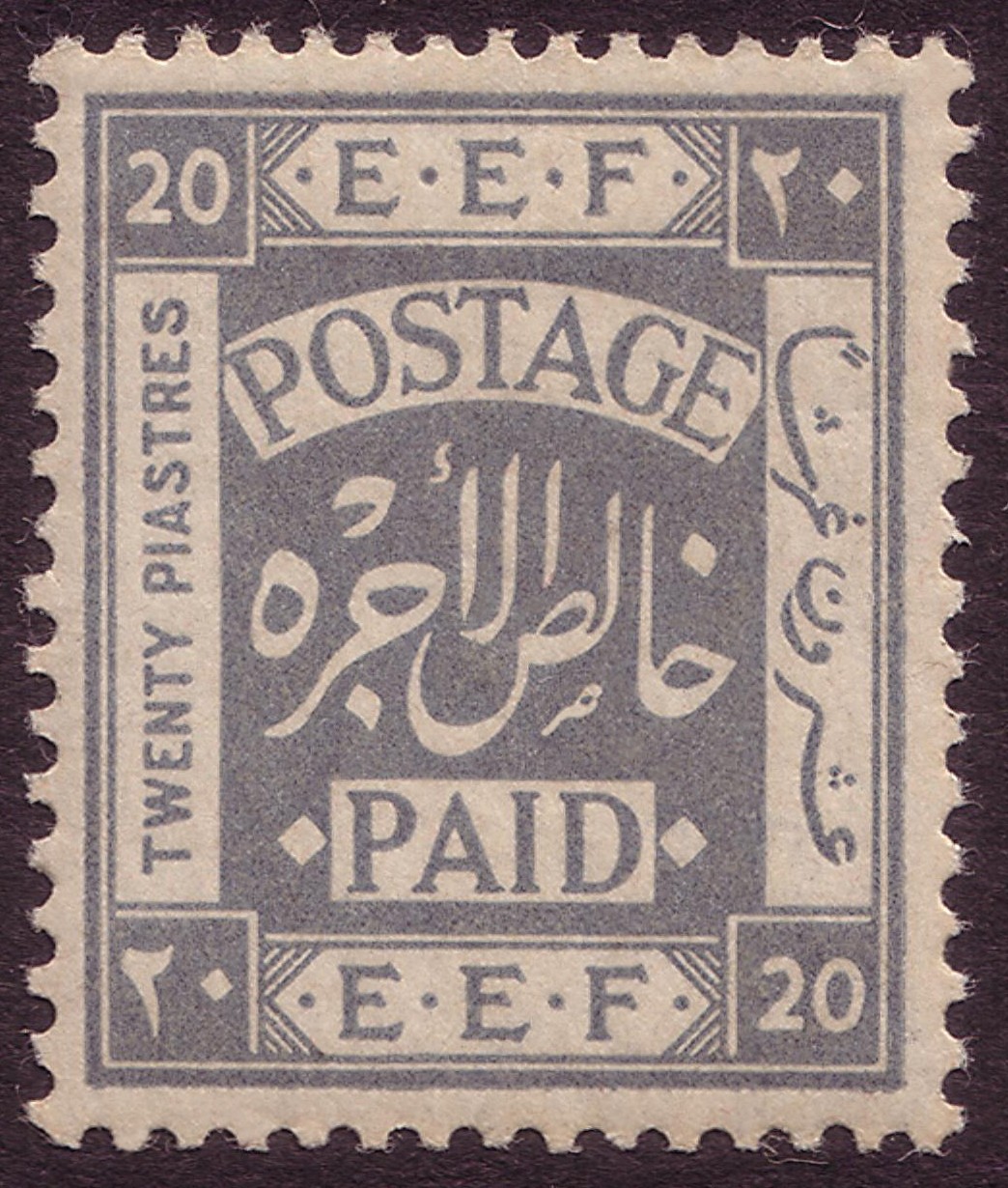|
Donald Rutledge
Donald William Rutledge, OBE JP, 7 August 1891 – 1956, was an ANZAC who served for New Zealand during World War I in Samoa, Gallipoli and France. He was born in Dunedin, eldest son of Barret Rutledge (born Lyttelton, of Irish descent) and Elizabeth Donaldson (born in Edinburgh). Military service Rutledge was 23 and living in Wellesley Street, Auckland, when on 8 August 1914 he enlisted with the 1st New Zealand Expeditionary Force, Auckland Infantry Battalion, and was assigned Regimental Number 12/2560. Prior to living in Auckland he had been in Wellington and served in the Wellington Highland Rifles, B Company, 5th Regiment. Departing New Zealand on 15 August 1914 as part of the 1370 strong Samoa Expeditionary Force, which experienced New Zealand's first action in World War I, he took part in the capture of Samoa from the Germans. The British government had indicated it would be a great and urgent Imperial service if New Zealand forces seized the German wireless sta ... [...More Info...] [...Related Items...] OR: [Wikipedia] [Google] [Baidu] |
Dunedin
Dunedin ( ; mi, Ōtepoti) is the second-largest city in the South Island of New Zealand (after Christchurch), and the principal city of the Otago region. Its name comes from , the Scottish Gaelic name for Edinburgh, the capital of Scotland. The city has a rich Scottish, Chinese and Māori heritage. With an estimated population of as of , Dunedin is both New Zealand's seventh-most populous metro and urban area. For historic, cultural and geographic reasons the city has long been considered one of New Zealand's four main centres. The urban area of Dunedin lies on the central-eastern coast of Otago, surrounding the head of Otago Harbour, and the harbour and hills around Dunedin are the remnants of an extinct volcano. The city suburbs extend out into the surrounding valleys and hills, onto the isthmus of the Otago Peninsula, and along the shores of the Otago Harbour and the Pacific Ocean. Archaeological evidence points to lengthy occupation of the area by Māori prior to the ar ... [...More Info...] [...Related Items...] OR: [Wikipedia] [Google] [Baidu] |
Kaitaia
Kaitaia ( mi, Kaitāia) is a town in the Far North District of New Zealand, at the base of the Aupouri Peninsula, about 160 km northwest of Whangārei. It is the last major settlement on New Zealand State Highway 1, State Highway 1. Ahipara, Ahipara Bay, the southern end of Ninety Mile Beach, New Zealand, Ninety Mile Beach, is 5 km west. The main industries are forestry and tourism. The population is as of which makes it the second-largest town in the Far North District, after Kerikeri. The name Kaitāia means ample food, kai being the Māori language, Māori word for food. The Muriwhenua are a group of six northern Māori people, Māori iwi occupying the northernmost part of the North Island surrounding Kaitaia. History and culture European settlement The Kaitaia Mission Station was established between 1833 and 1834 after a series of visits by Church Missionary Society (CMS) representatives including Samuel Marsden, and at different times, Joseph Matthews and Wi ... [...More Info...] [...Related Items...] OR: [Wikipedia] [Google] [Baidu] |
Victory Medal (United Kingdom)
The Victory Medal (also called the Inter-Allied Victory Medal) is a United Kingdom and British Empire First World War campaign medal. The award of a common allied campaign medal was recommended by an inter-allied committee in March 1919. Each allied nation would design a 'Victory Medal' for award to their own nationals, all issues having certain common features, including a winged figure of victory on the obverse and the same ribbon. Fourteen countries finally awarded the medal. Eligibility The Victory Medal (United Kingdom) was issued to all those who received the 1914 Star or the 1914–15 Star, and to most of those who were awarded the British War Medal. It was not awarded singly. To qualify, recipients need to have served in the armed forces of the United Kingdom or the British Empire, or with certain recognised voluntary organisations, and have entered any theatre of war between 5 August 1914 and 11 November 1918. While home service did not count, United Kingdom based m ... [...More Info...] [...Related Items...] OR: [Wikipedia] [Google] [Baidu] |
British War Medal
The British War Medal is a campaign medal of the United Kingdom which was awarded to officers and men of British and Imperial forces for service in the First World War. Two versions of the medal were produced. About 6.5 million were struck in silver and 110,000 in bronze, the latter awarded to, among others, the Chinese, Maltese and Indian Labour Corps. Institution The British War Medal was instituted on 26 July 1919 for award to those who had rendered service between 5 August 1914, the day following the British declaration of war against the German Empire, and the armistice of 11 November 1918, both dates inclusive.The National Archives – British Army medal index cards 1914–1920 (Access date 24 June 2018) Consideration was given to the award of clasps to com ... [...More Info...] [...Related Items...] OR: [Wikipedia] [Google] [Baidu] |
1914–15 Star
The 1914–15 Star is a campaign medal of the British Empire which was awarded to officers and men of British and Imperial forces who served in any theatre of the First World War against the Central European Powers during 1914 and 1915. The medal was never awarded singly and recipients also received the British War Medal and Victory Medal. Institution The 1914–15 Star was instituted in December 1918 and was awarded to officers and men of British and Imperial forces who served against the Central European Powers in any theatre of the Great War between 5 August 1914 and 31 December 1915, provided they had not already received the 1914 Star. The period of eligibility was prior to the Military Service Act 1916, which introduced conscription in Britain. [...More Info...] [...Related Items...] OR: [Wikipedia] [Google] [Baidu] |
SS Marama
The SS ''Marama'' was an ocean liner belonging to the Union Company of New Zealand from 1907 to 1937. It was a hospital ship in WWI as ''His Majesty's New Zealand Hospital Ship No. 2.'' History Built by Caird & Company at Greenock at a cost of £166,000 ($332,000), the SS Marama arrived at Port Chalmers in November 1907. It was the largest and most powerful ship (though not the fastest) in the USS Co fleet. Initially, it sailed on the Horseshoe run to Australia, and occasionally in trans-Pacific services. After war service, it was refitted (1920) for the trans-Pacific services to San Francisco or Vancouver. In 1925, it was converted to burn oil, and employed on the Tasman run. The ship was sold to Shanghai shipbreakers the ''Linghua Dock & Engineering Works Ltd'' in 1937, then resold to Kobe shipbreakers ''Miyachi K.K.K.'' (who had also purchased the ''Maheno'') and was broken up at their Osaka shipyard in 1938. Marama Hall at the University of Otago is named after the li ... [...More Info...] [...Related Items...] OR: [Wikipedia] [Google] [Baidu] |
Avonmouth Docks
The Avonmouth Docks are part of the Port of Bristol, in England. They are situated on the northern side of the mouth of the River Avon, opposite the Royal Portbury Dock on the southern side, where the river joins the Severn estuary, within Avonmouth. Accessible via a long and wide lock, today the docks are one of the UK's major ports for chilled foods, especially fruit and vegetables. Land-side freight access and distribution is via either the M5 motorway or the Henbury Loop Line, whilst rail-passenger access is via Avonmouth railway station on the Severn Beach Line. Background Bristol Harbour had always been a major centre of trade within the wider UK economy, due to its strategic location to the west of the country, allowing access to both the Atlantic Ocean and the Mediterranean. Coastal trade was also important, with the area called "Welsh Back" concentrating on trows with cargoes from the Slate industry in Wales, stone, timber and coal. However, by the 18th century the ... [...More Info...] [...Related Items...] OR: [Wikipedia] [Google] [Baidu] |
Hornchurch
Hornchurch is a suburban town in East London, England, and part of the London Borough of Havering. It is located east-northeast of Charing Cross. It comprises a number of shopping streets and a large residential area. It historically formed a large ancient parish in the county of Essex that became the manor and liberty of Havering. The economic history of Hornchurch is underpinned by a shift away from agriculture to other industries with the growing significance of nearby Romford as a market town and centre of administration. As part of the suburban growth of London in the 20th century, Hornchurch significantly expanded and increased in population, becoming an urban district in 1926 and has formed part of Greater London since 1965. It is the location of Queen's Theatre, Havering Sixth Form College and Havering College of Further and Higher Education. History Toponymy Hornchurch is an Anglicised version of the Latin Monasterium Cornutum (Monastery of the Horns), a term th ... [...More Info...] [...Related Items...] OR: [Wikipedia] [Google] [Baidu] |
Wimereux
Wimereux (; vls, Wimeruwe) is a commune in the Pas-de-Calais department in the Hauts-de-France region of France. Geography Wimereux is a coastal town situated some north of Boulogne, at the junction of the D233 and the D940 roads, on the banks of the river Wimereux. The river Slack forms the northern boundary of the commune, the English Channel the western. Farming and tourism are its principal activities. History At Pointe-aux-Oies, dolmen can still be seen at a Stone Age prehistoric site. Vauban built a coastal fort at the mouth of the river Wimereux, the ruins showed at low-tide until the 1940s. Napoleon ordered a port to be built here between 1803 and 1804, taking its name from the river. In 1840, the future Napoleon III, first president (and last monarch) of France, landed at Pointe aux Oies. The territory of Wimereux originally belonged to the commune of Wimille, from which it separated on 28 May 1899. In the same year, the first radio link between France and Engla ... [...More Info...] [...Related Items...] OR: [Wikipedia] [Google] [Baidu] |
Egyptian Expeditionary Force
The Egyptian Expeditionary Force (EEF) was a British Empire military formation, formed on 10 March 1916 under the command of General Archibald Murray from the Mediterranean Expeditionary Force and the Force in Egypt (1914–15), at the beginning of the Sinai and Palestine Campaign of the First World War. History Formed in the British protectorate of the Sultanate of Egypt, the initially small force was raised to guard the Suez Canal and Egypt. After the withdrawal from the Gallipoli Campaign the force grew into a large reserve to provide reinforcements for the Western Front (World War I), Western Front, while the Western Frontier Force fought in the Senussi Campaign from 1915 to 1917 and the Eastern Force (EF) defended the canal at the Battle of Romani in August 1916. Following the victory at Romani, part of the Eastern Force pursued the Ottoman Empire, Ottoman invading force back to Palestine (region), Palestine after the victories at the Battle of Magdhaba in December 1916 and t ... [...More Info...] [...Related Items...] OR: [Wikipedia] [Google] [Baidu] |
Alexandria
Alexandria ( or ; ar, ٱلْإِسْكَنْدَرِيَّةُ ; grc-gre, Αλεξάνδρεια, Alexándria) is the second largest city in Egypt, and the largest city on the Mediterranean coast. Founded in by Alexander the Great, Alexandria grew rapidly and became a major centre of Hellenic civilisation, eventually replacing Memphis, in present-day Greater Cairo, as Egypt's capital. During the Hellenistic period, it was home to the Lighthouse of Alexandria, which ranked among the Seven Wonders of the Ancient World, as well as the storied Library of Alexandria. Today, the library is reincarnated in the disc-shaped, ultramodern Bibliotheca Alexandrina. Its 15th-century seafront Qaitbay Citadel is now a museum. Called the "Bride of the Mediterranean" by locals, Alexandria is a popular tourist destination and an important industrial centre due to its natural gas and oil pipelines from Suez. The city extends about along the northern coast of Egypt, and is the largest city on t ... [...More Info...] [...Related Items...] OR: [Wikipedia] [Google] [Baidu] |





